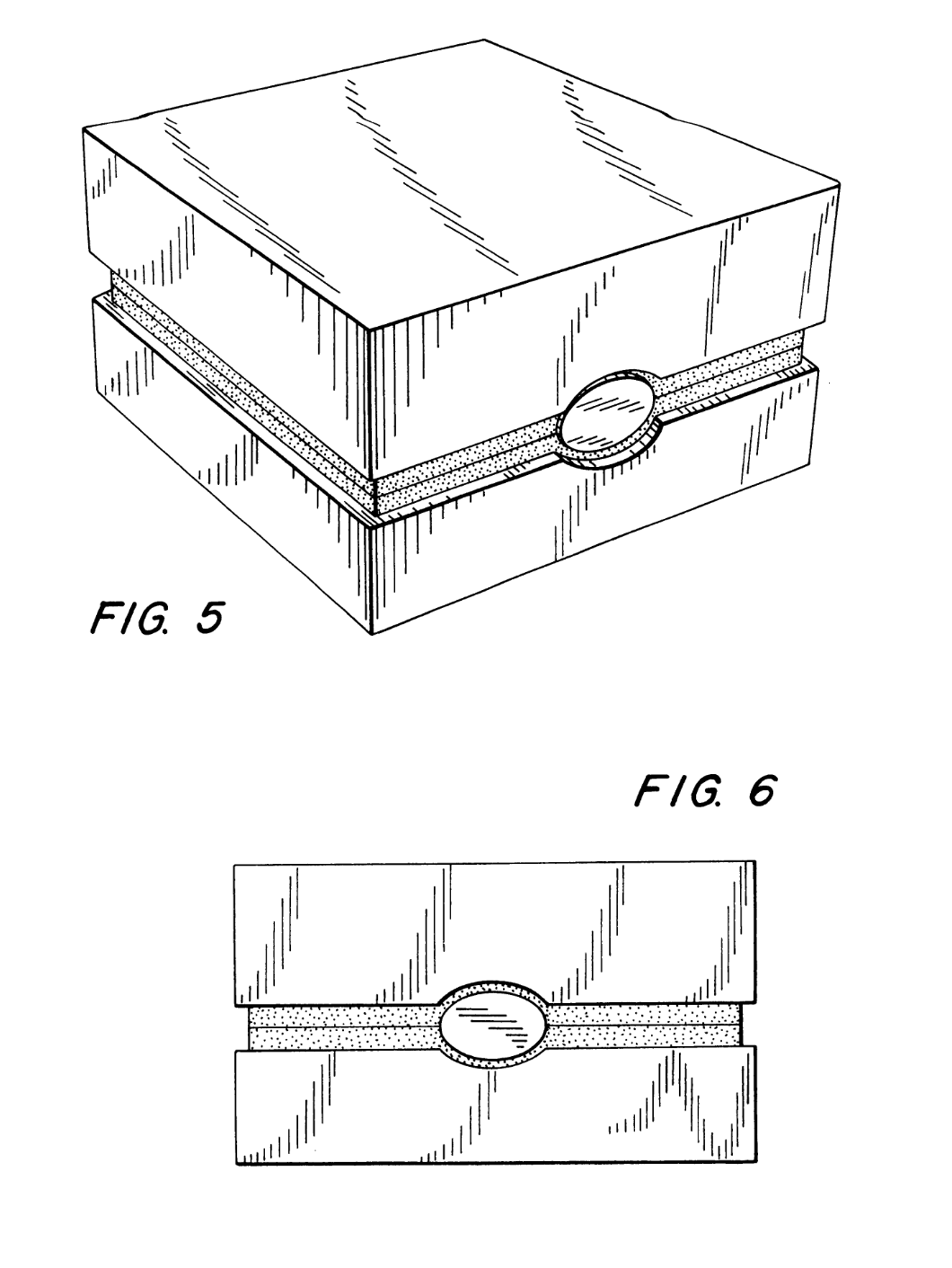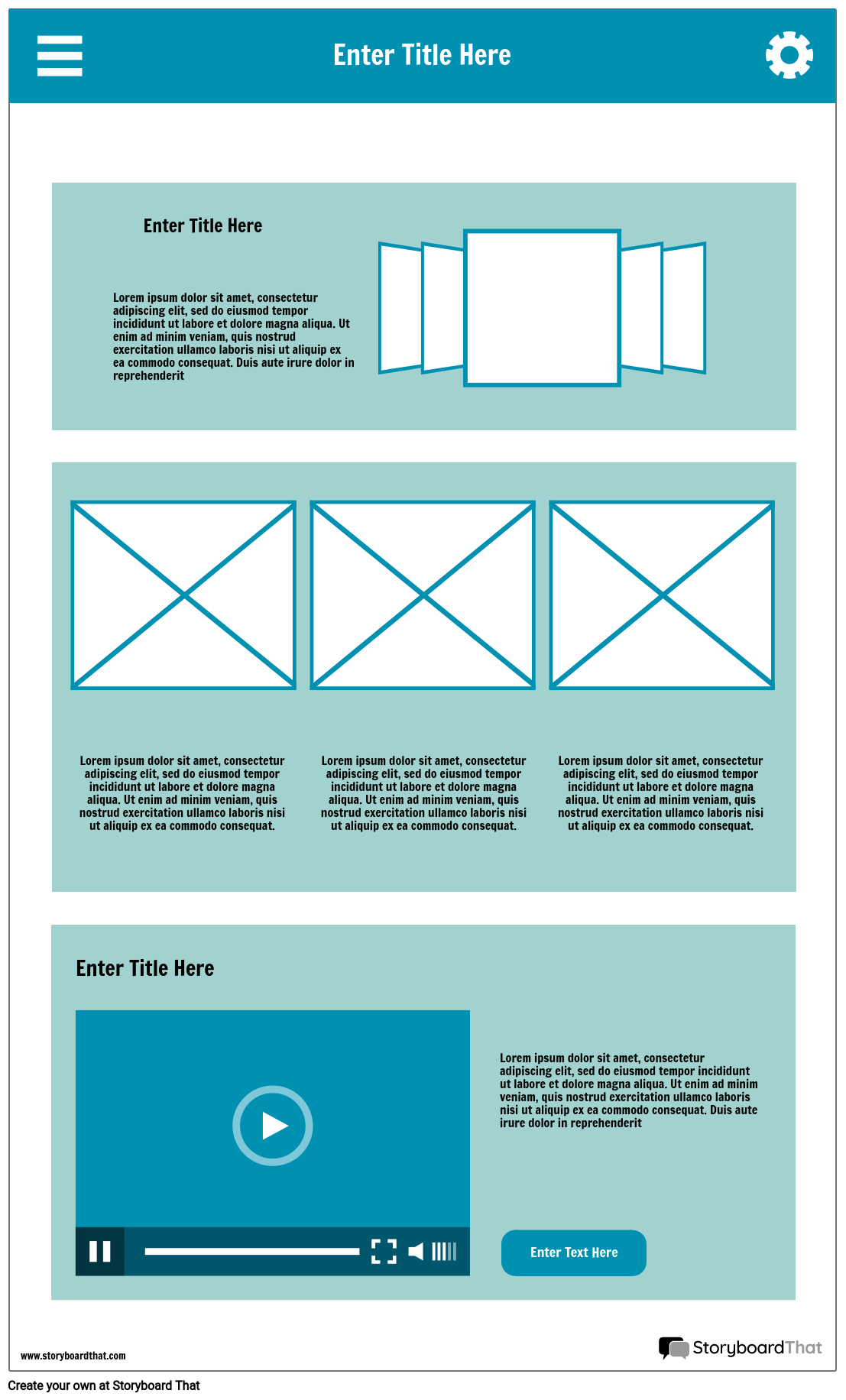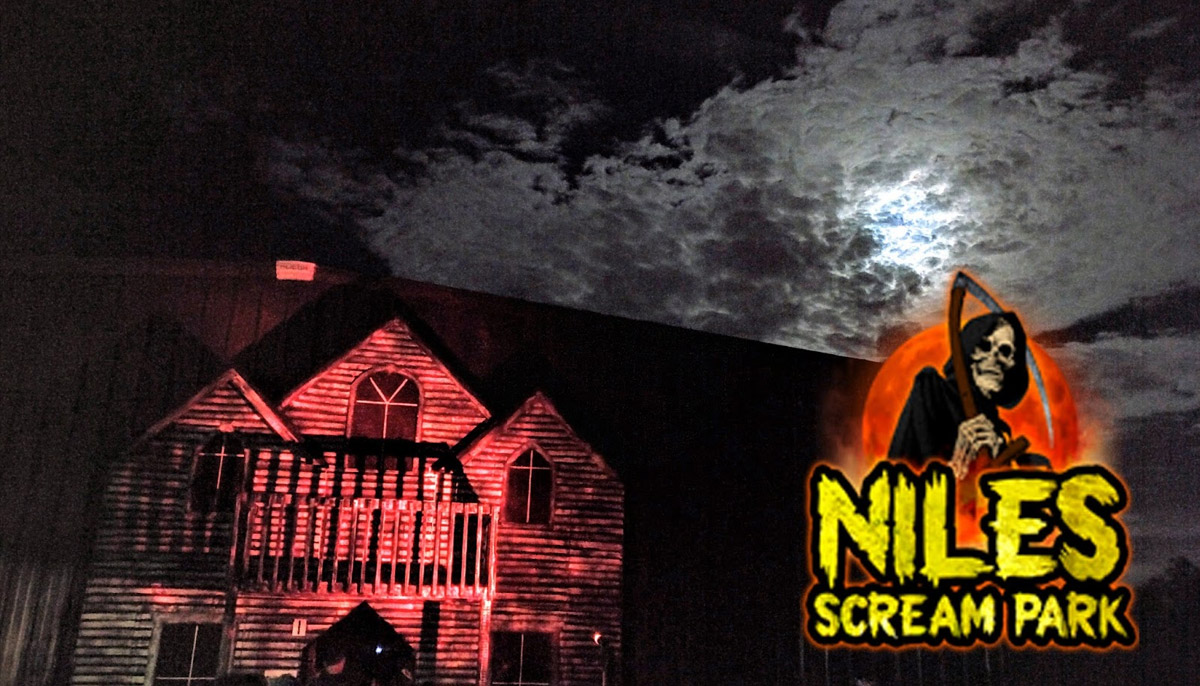Table Of Content
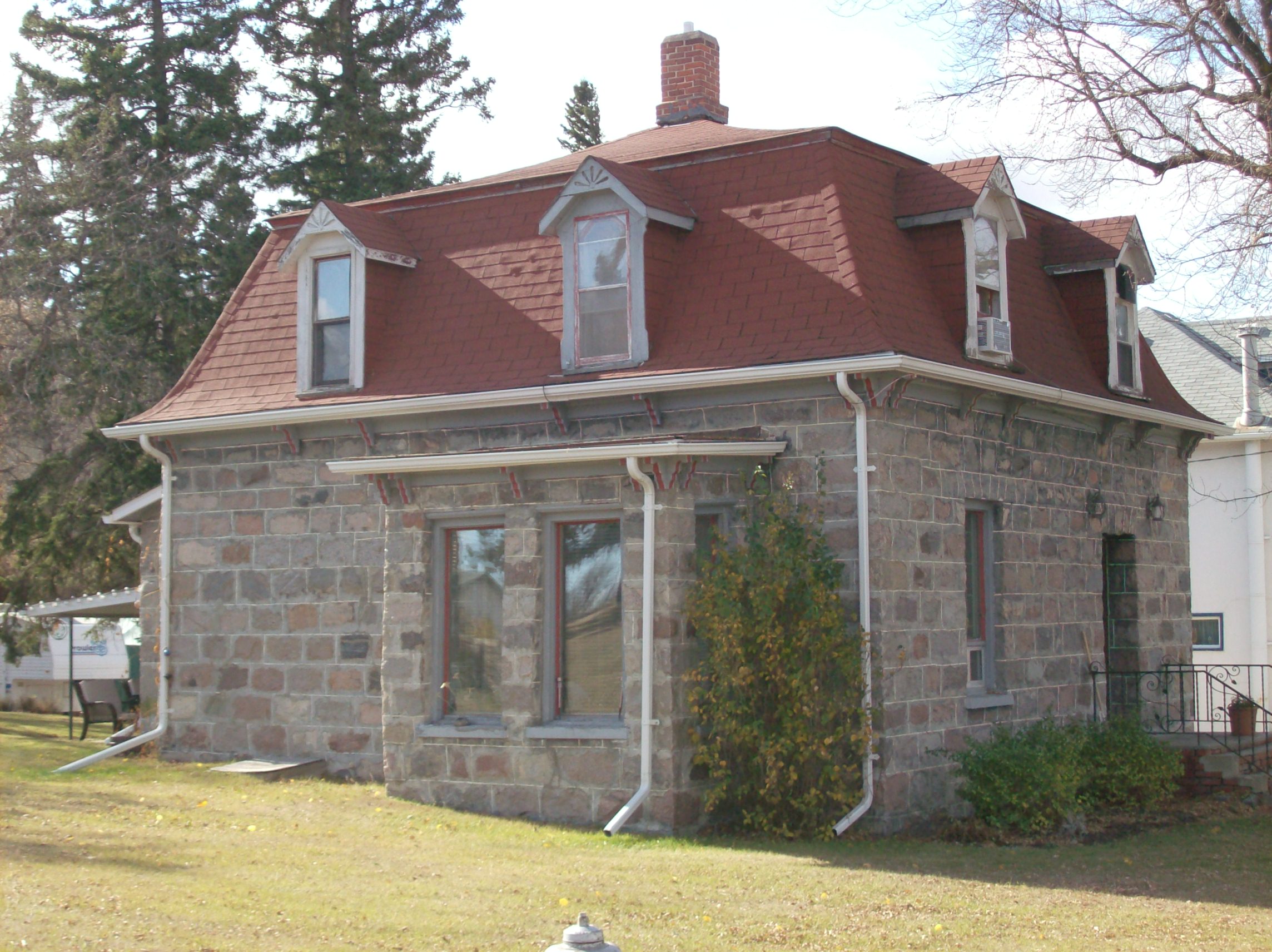
This style creates the sharpest angle and is the most reminiscent of traditional French homes. The inward curve of a concave roof makes dormer windows an impactful standout feature for those admiring the home’s exterior. However, it drastically reduces the available interior space compared to straight and convex mansard roofs. When it comes to technical terms, you can call a Mansard roof to be a four-sided hip-style gambrel roof. A gambrel roof has two sides with two slopes, and the bottom slope is much steeper than the upper slope.
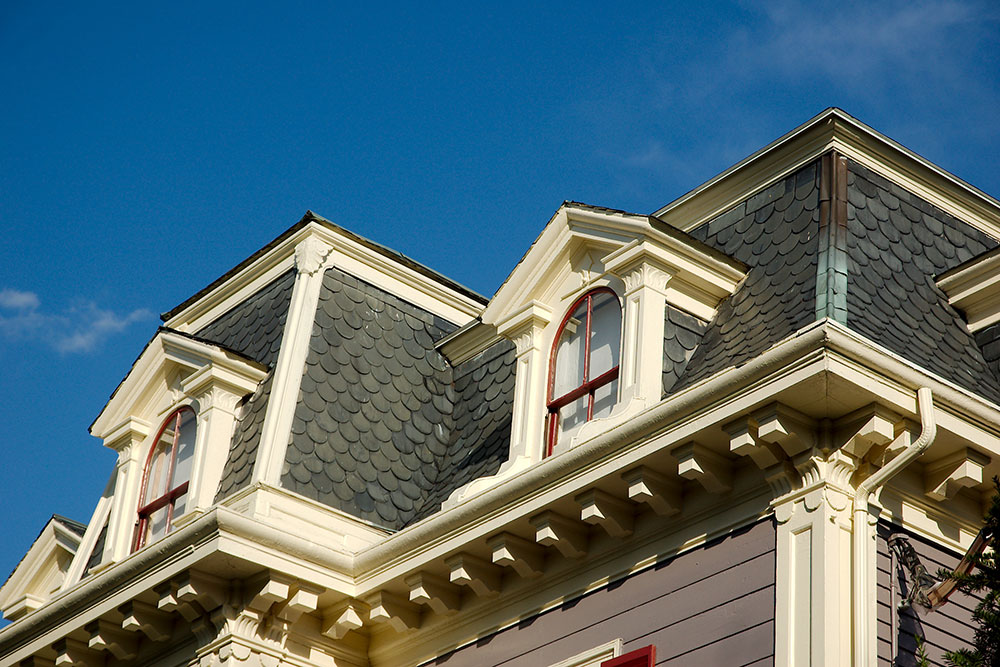
Increased Maintenance
The design of the roof can make it difficult to access and maintain, particularly in the upper portions of the roof. Additionally, the use of dormer windows can also increase the complexity of maintaining a mansard roof. Although the Mansard roof was not used quite as often in traditional homes, it featured in many high-rise residential buildings, especially in the late 1960s and 1970s. Later on, many small commercial buildings also adopted a Mansard-style roof.
Famous architects known for using mansard roofs
You will also have an option to turn the upper apartment into lofts or an independent floor with separate apartments. There are skylights also in addition to windows within a Mansard building. A four-sided or French roof with double slopes on each side is called a Mansard roof.
Bainbridge’s Marketplace McDonald’s to Get Makeover - Geauga Maple Leaf
Bainbridge’s Marketplace McDonald’s to Get Makeover.
Posted: Thu, 14 Sep 2017 07:00:00 GMT [source]
Different Styles of Mansard Roof
During the regime of Napoleon III (the Second Empire), nearly 200 years later, the mansard roof gained a massive resurgence in popularity, beginning with the expansion of the Louvre. The Emperor sought out architect Baron Georges-Eugène Haussmann to remake Paris in a project that mandated mansard roofs throughout the city. This reconstruction of Paris exposed the rest of the world to the mansard roof style, and it was immediately adopted in Germany, Italy, England, and America. The bottom slope of a concave mansard roof has a sharper angle than the other two, and the design features an inward curve that flares outward at the edge. The inward curve naturally reduces the usable space inside the roof, but makes up for it with its arguably more elegant look that resembles traditional French homes.
Types of Mansard Variations
The main difference is that mansard roofs on residential houses have four sides, while gambrel roofs only have two. Hip roofs and mansard roofs also share similarities—they both have four sloped sides—but the mansard's dual slopes draw a distinction. Mansard roofs have come into existence to boost interior spaces, and here they are today, doing just that. When you add a mansard roof, you encounter advantages and disadvantages but you certainly gain additional living space that can be anything, from storage to artist studios, you name it. Homeowners looking to adopt this classic yet versatile roof structure should consult with a seasoned roofing contractor to ensure optimal implementation.
Convex Mansard Roof
Compared to the slopes of, say, a gabled or a typical hipped roof, the slopes of a mansard roof can make it more vulnerable to difficult weather. Popularized in France in the 17th century, this roof style is characterized by its tall, vertically spacious structure and its distinctly elegant look. Second Empire architecture in the United States and Canada is an architectural style that was popular in both nations in the late 19th century between 1865 and 1900. Second Empire architecture was influenced by the redevelopment of Paris under Napoleon III's Second French Empire, and was influenced partly by the architectural styles of the French Renaissance. To make the common gambrel roof more contemporary, architecture firm Walker Workshop played with the typical proportions of a gambrel roof to make it wider. The mansard may have been first used because its predominantly horizontal profile was more in harmony with the Classical orders than were roofs with a higher pitch.
A gambrel roof is a type of roof that has two sloping sides on each of its two sides, creating a barn-like appearance. Like the mansard roof, a gambrel roof offers additional living or storage space in the upper portion of the roof. However, gambrel roofs have a different slope angle and design than mansard roofs. Unlike a mansard roof, a gable roof only has two sloping sides, which meet at a ridge or peak. Gable roofs are popular due to their simplicity and ease of construction.
A History Lesson On Mansard Roofs
A convex mansard roof maximizes interior space with a lower slope that curves outward, resembling a bell shape. This type of design is frequently found on courthouses and other governmental buildings. Like other mansard roof types, convex roofs often feature dormer windows. However, the rounded shape may be better accentuated with arched windows, which can add further elegance to the design. The central feature of the Second Empire style is the mansard roof, a four-sided gambrel roof with a shallow or flat top usually pierced by dormer windows. This roof type originated in 16th century France and was fully developed in the 17th century by Francois Mansart, after whom it is named.
What to Know about the Modern Mansard Roof
A Mansard roof, also known as a French roof, is characterized by its distinct double-sloped design. This design not only enhances the visual appeal of a building but also provides additional room for living or storage in the attic space. The double-sloped design of the roof provides better insulation than other types of roofing designs, which can lead to lower heating and cooling costs.
One of the major drawbacks of a hip roof is further reduced head space because of the sloping rafters. Furthermore, they're even more complex than a gambrel roof to construct because of their more intricate framing system. At the same time, hip roofs are better suited for hurricane-prone areas. They lack the large, flat ends of gabled roofs that catch strong uplifting winds in a hurricane, and they’re also more structurally stable because they’re braced more symmetrically.
Even then, a roof might be covered with raised walkways or rooftop pavers that help even out the top surface of a roof but allow for water to drain underneath. Gutters are the best way to control drainage from upper roofs, but not all mansard roofs were built with gutters at their base. Therefore, at times, we must find alternative methods to direct the water away from these roofs or spread it out over a larger area when working with a historic building equipped with a mansard-style roof.
However, they do not offer as much living or storage space as a mansard roof. Also known as a French or curb roof, a mansard roof is a hipped-gambrel roof that slopes on every side of the building. It combines the attractive double angle of a gambrel roof with the four-sided style of a hipped roof to create an appearance that’s hard to overlook. Mansard roofs can be tiled or shingled and often feature dormer windows.


